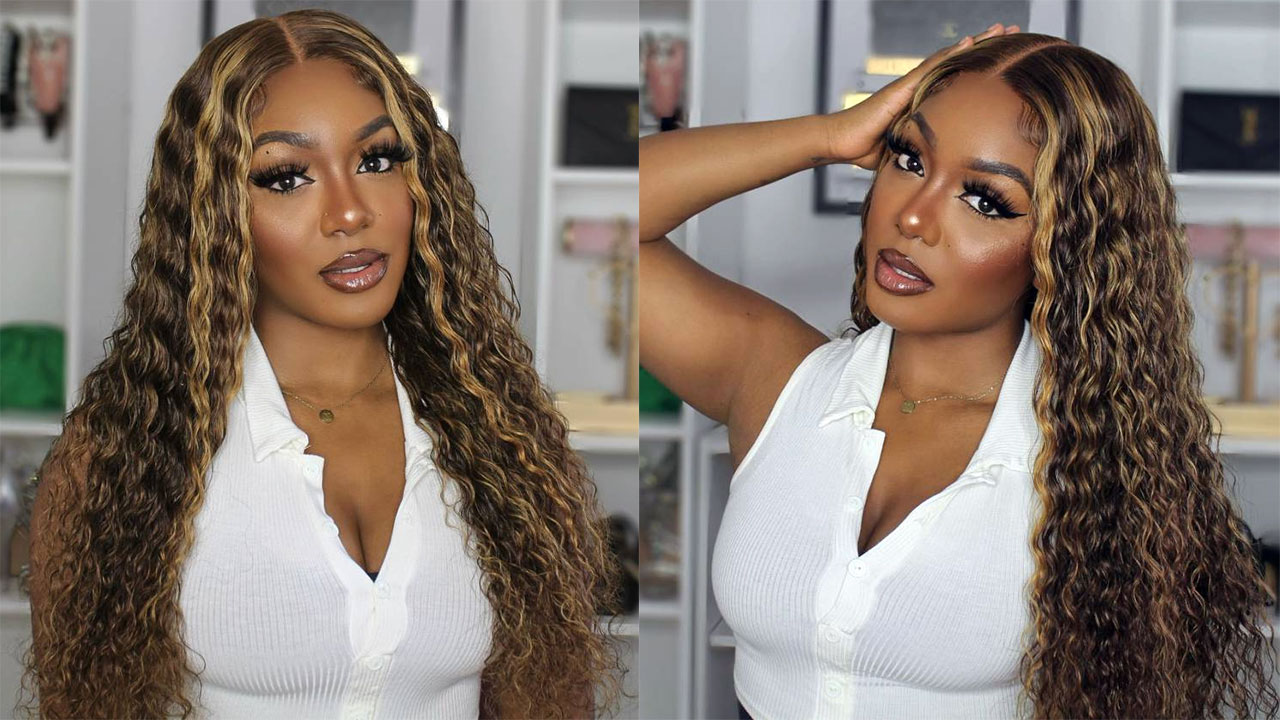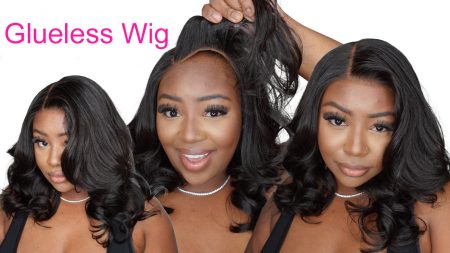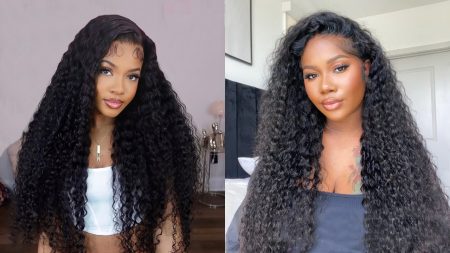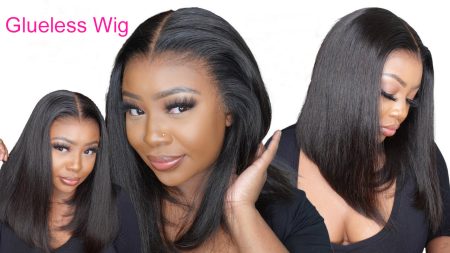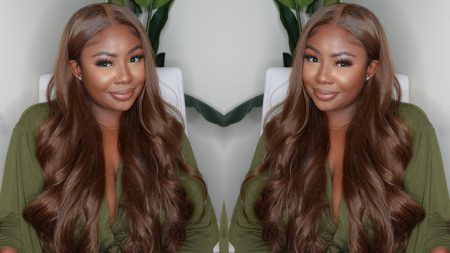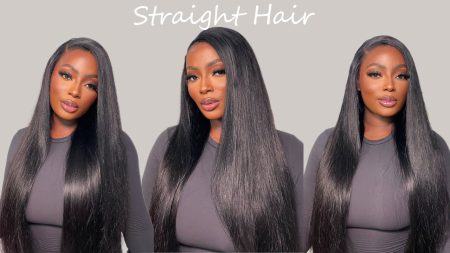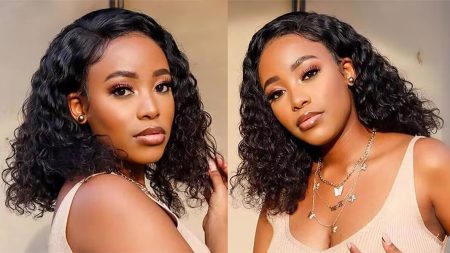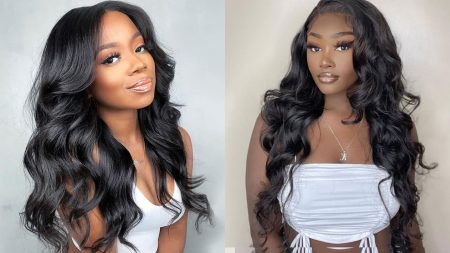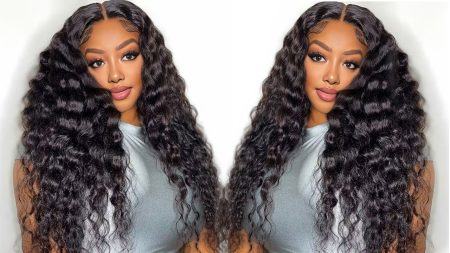Wigs have been around for centuries and used for various reasons such as covering baldness, costume parties, and fashion. With advancements in technology and techniques, wigs have become more accessible and affordable, making them a popular choice for people of all ages and backgrounds. This article will discuss everything you need to know about wigs, from their history to how to care for them.
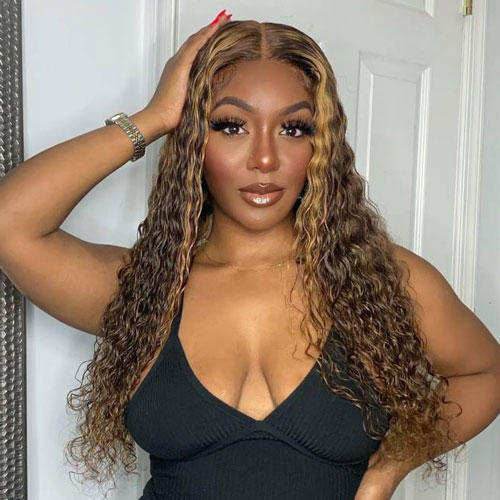
What are wigs?
Wigs have been worn for thousands of years, dating back to ancient Egypt, where they were used by both men and women to protect their heads from the sun. They were also used by the wealthy in ancient Rome and Greece as a symbol of status and wealth.
In the 16th century, wigs became popular in Europe, and elaborate wigs were worn by both men and women as part of their daily attire. During the 18th century, wigs became even more elaborate and were worn by the upper classes as a sign of social status. People would often wear wigs that were adorned with feathers, jewels, and other decorative elements. However, by the end of the 18th century, wigs fell out of fashion, and natural hair became the norm.
In the 20th century, wigs made a comeback as a way to cover baldness and for use in the entertainment industry. Today, wigs are used for many different reasons and are a popular fashion accessory.

Types of wigs
There are many different types of wigs, each with its unique characteristics and benefits. Here are some of the most common types of wigs:
1. Human hair wigs
Human hair wigs are made from real human hair and are considered to be the most natural-looking wig option. They can be styled and dyed just like natural hair and can last for several years with proper care.
2. Synthetic wigs
Synthetic wigs are made from synthetic fibers and are a more affordable option than human hair wigs. They are pre-styled and can be worn straight out of the box. However, they cannot be styled or dyed like human hair wigs and have a shorter lifespan.
3. Lace front wigs
Lace-front wigs are a popular choice for people who want a natural-looking hairline. The front of the wig is made from a sheer lace material that blends in with the skin, giving the appearance of natural hair growth.
4. Full lace wigs
Full lace wigs are similar to lace front wigs but have a lace cap that covers the entire head, giving the wearer more styling options.
5. Monofilament wigs
Monofilament wigs are made from a thin, transparent material that looks like a natural scalp. They are often used by people with medical hair loss.
How to choose a wig?
Choosing the right wig can be overwhelming, but there are several factors to consider to ensure you find the perfect fit. Here are some things to keep in mind when choosing a wig:
1. Face shape
Your face shape should be one of the primary factors when choosing a wig. Different wig styles can complement different face shapes. For example, a bob wig can look great on someone with a heart-shaped face, while a shoulder-length wig can complement a round face.
2. Skin tone
Your skin tone can also play a role in choosing the right wig. Consider a wig color that complements your skin tone and enhances your natural beauty.
3. Hair type
Consider your natural hair type when choosing a wig. If you have naturally curly hair, you may want to choose a wig that has a similar texture.
4. Lifestyle
Your lifestyle can also play a role in choosing the right wig. If you are active, you may want to choose a wig that is easy to maintain and won’t require a lot of styling.
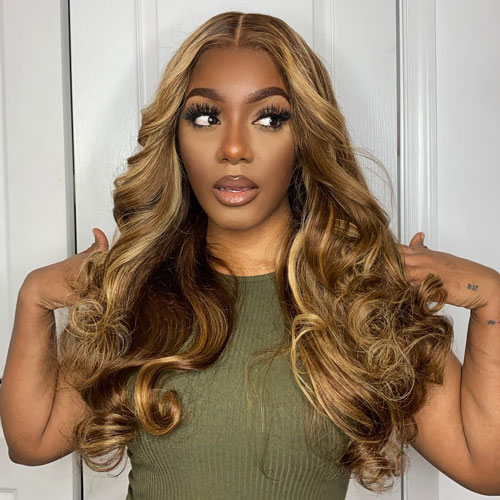
How to care for your wig?
Proper care is essential to ensure your wig lasts as long as possible and stays looking great. Here are some tips for caring for your wig:
1. Washing
Every 6 to 8 wears, or as needed, wash your wig. Use shampoo and conditioner made especially for wigs. A tiny amount of wig shampoo should be added to a basin of cool water. Gently agitate the wig in the water for a few minutes, then rinse thoroughly with cool water. Apply wig conditioner and leave on for a few minutes, then rinse again with cool water.
2. Drying
To remove extra water after washing, lightly blot your wig with a cloth. Avoid wringing or twisting your wig. Place the wig on a mannequin head or wig stand and let it air dry. To dry your wig, stay away from using a blow dryer or any other heat source.
3. Styling
Only use styling tools that are designed for wigs, such as wig combs and brushes. Do not use regular hairbrushes or combs, as they can damage the wig fibers. To style your wig, use a low heat setting on a wig curling iron or flat iron.
4. Storage
When not in use, store your wig on a wig stand or mannequin head to maintain its shape. Keep it away from direct sunlight in a cool, dry location.
Conclusion
Wigs are versatile and popular accessory that can be used for many different reasons. Whether you are looking to cover baldness, try out a new hairstyle, or add a touch of glamour to your look, there is a wig out there for you. By following the tips in this article, you can choose the perfect wig and ensure it stays looking great for years to come.
Recool Hair’s wigs are all 100%human virgin hair that you must have a try. Nice coupon codes will give you affordable prices to get the wigs you like.



